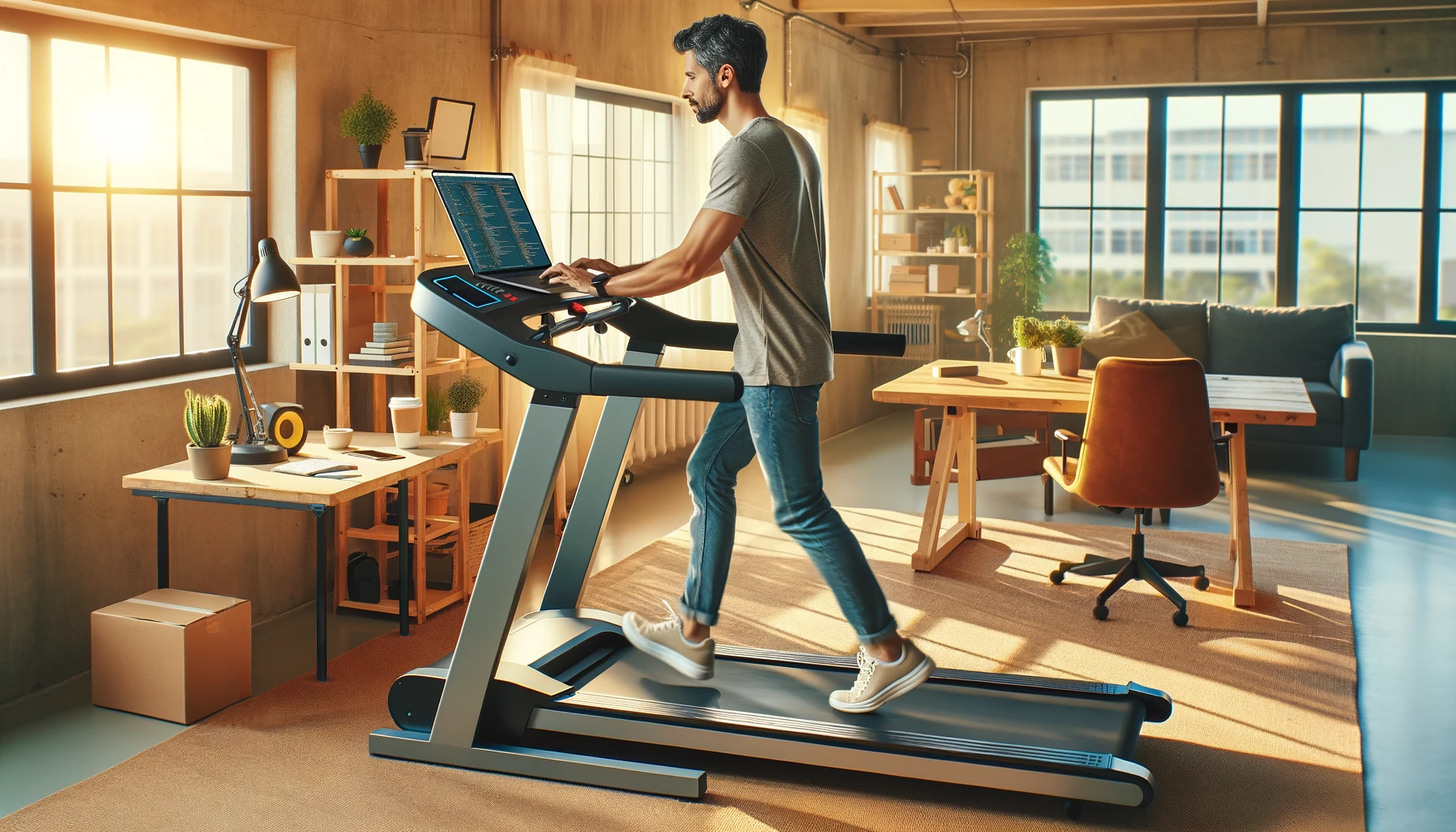Sleeping on the Job 🥱
Few things are more frustrating than getting plenty of sleep, slamming caffeinated beverages, and still feeling so tired you could fall asleep in the middle of a rock concert. When there’s too much to do and not enough time to do it, battling bouts of fatigue sucks ass. Various factors dictate personal energy levels, and the cause of an afternoon slump is not always obvious. Sleep, diet, and exercise are fundamental and timeless contributors to the battle against fatigue. Recently, the internet has been a-buzz about air quality as another foundational building block in the search for epic productivity. Science has demonstrated that indoor air ventilation is essential for improving well-being, increasing performance, and unlocking heroic amounts of energy.
Show Me the Data 🧑🔬
When people breathe, they inhale air that’s approximately 0.04% CO2 and exhale air containing approximately 4% CO21. Since humans exhale significantly more CO2 than we inhale, CO2 levels in indoor spaces will increase unless a constant stream of new air passes through the room. Elevated levels of CO2 have been shown to degrade cognitive performance significantly and can cause other unwanted side effects such as fatigue, drowsiness, and dizziness2. Studies also showed decreased proofreading accuracy and high-level decision-making abilities in environments with CO2 levels greater than 1000 PPM3.
There is debate about whether CO2 is the direct cause of negative cognitive performance at levels normally found in indoor workspaces. According to “Indoor CO2 concentrations and cognitive function: A critical review,” approximately half of the participants in the studies reviewed demonstrated diminished cognitive abilities when pure CO2 was injected into the test environments3. However, according to the same meta-analysis, the negative performance effects were much more consistent in studies where CO2 levels were controlled by manipulating the ventilation rate3. This indicates that CO2 levels aren’t as large of a direct factor in cognitive performance but rather a helpful metric correlated to the real productivity drain: improper ventilation.
Poor ventilation and increased levels of particulate matter have been demonstrated to hinder people’s brain power. In one study, when CO2 concentration increased from the 600-1000 PPM range to the 900-1200 PPM range, researchers observed a negative 3.4-5.3% impact on BARS test accuracy4. Another study observed a 10-20% decrease in calculation speed at the monitored school5. Increasing ventilation combats the negative effects of particulate matter by preventing particulate matter from increasing to unsafe levels. CO2 is often used as a proxy to measure the amount of ventilation in indoor spaces; thus, lower CO2 levels indicate proper airflow and ventilation2.
Studies show that if you want to be at the top of your game, you must ensure you have ample fresh air.
CO2 Monitoring 📈
The internet has been going nuts about CO2 monitoring as a way to improve productivity and well-being. Several high-profile entrepreneurs and developers, such as @levelsio and @marc_louvion, have posted pictures of their CO2 devices and anecdotes about how monitoring CO2 improved their health and outputs.
Here’s a great thread on X that compares CO2 monitors at various price ranges.
The most popular air monitor amongst influencers appears to be the Qingping Air Quality Monitor Lite. The good-looking, $76 cube-shaped device boasts PM2.5, PM10, and CO2 and integrates with HomeKit. However, please note that Amazon has marked the device as a “frequently returned item” and the reviews suggest the device might be harvesting your data. Buyer beware.
The CO2 monitor recommended by @safe_breath is the Aranet4 Home. The Aranet4 is a small, super-accurate $169 device with an e-ink display, mobile application, historical data, and a battery life of up to 5 years. The device connects via Bluetooth and thus isn’t available outside the home and can’t connect to HomeKit. If you’re looking for a simple, precise, and long-lasting device, the Aranet4 is a great option (and is the device I’m currently using).
One interesting device is the AirGradient ONE, an open-source monitoring device that can be purchased pre-assembled or as a DIY kit. The AirGradient is a complete monitoring solution supporting CO2, PM2.5, PM10, NOx, VOCs, RH, temperature, and the device even has an open-source HomeKit integration. The only drawback is that the device requires some technical experience to operate. If I had known that the AirGradient ONE provided such comprehensive data, I might have gone that route when selecting an air monitoring device.
Open the Windows 🪟
Opening windows and increasing ventilation when CO2 levels exceed 1000 PPM is crucial to maximizing productivity by reducing the amount of particulates in the air and making spaces more comfortable.
A study suggested UK school managers “equipt classrooms with a device to monitor CO2, temperature & relative humidity in classrooms, provide additional ventilation if CO2 concentration exceeds 1000 ppm; keep temperatures within a comfortable range of 20-22 °C (winter) and 22-24 °C (summer); avoid moisture build up in classrooms and keep humidity levels below 60% during winter time but preferably above 40%; create daily window opening routines for the school; and use odorless cleaning agents and remembering that dirty carpets can pollute the indoor environment6.”
The studies reviewed indicated that proper airflow can significantly improve the time it takes to complete tasks5 and improve the accuracy of tasks such as proofreading4. It might not be clear whether CO2 or particulate matter causes diminished brain power, but it doesn’t matter, as high CO2 levels indicate poor ventilation and a cue to open the window! Be sure to open a window on both sides of the occupied space to establish directional airflow and remove all the nasty particles that would otherwise build up over time.
Share Your Experience 🙋
Did monitoring CO2 help you unlock hours of extra productivity? Please comment on this article and let us know — thanks!
References 📚
[1] Johnson, Doug. “The Chemical Composition of Exhaled Air From Human Lungs” sciencing.com, https://sciencing.com/chemical-composition-exhaled-air-human-lungs-11795.html. 2 January 2024.
[2] Minnesota Dept. of Health “Carbon Dioxide (CO2)” health.state.mn.us, https://www.health.state.mn.us/communities/environment/air/toxins/co2.html. 2 January 2024.
[3] Du B, Tandoc MC, Mack ML, Siegel JA. Indoor CO2 concentrations and cognitive function: A critical review. Indoor Air. 2020; 30: 1067–1082. https://doi.org/10.1111/ina.12706
[4] Ahmed Riham Jaber, Mumovic Dejan, Ucci Marcella, The Effect of Indoor Temperature and CO2 Levels on Cognitive Performance of Adult Females in a University Building in Saudi Arabia, Energy Procedia. 2017; 122: 451-456. https://doi.org/10.1016/j.egypro.2017.07.378
[5] Wargocki P, Wyon DP. The effects of moderately raised class-
room temperatures and classroom ventilation rate on the performance of schoolwork by children (RP.1257). HVAC&R Res. 2007; 13(2): 193-220.
[6] Zs. Bakó-Biró, D.J. Clements-Croome, N. Kochhar, H.B. Awbi, M.J. Williams, Ventilation rates in schools and pupils’ performance, Building and Environment. 2012; 48: 215-223. https://doi.org/10.1016/j.buildenv.2011.08.018







No Comment! Be the first one.